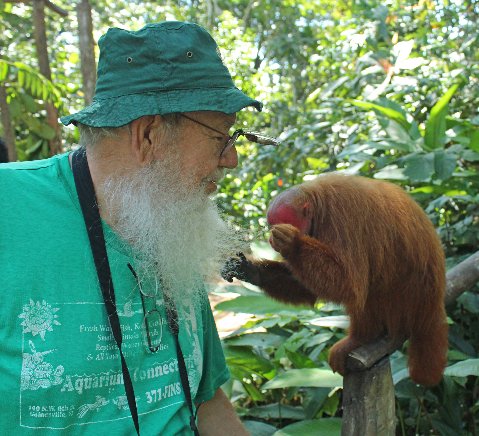Three teeny-weenies unexpectedly pipped and emerged from some eggs that I had thought, until the event, had no chance of hatching.

Fact is, the eggs, a clutch of six, all looked bad. All were discolored, windowed, and shriveled. Although as I do with all clutches I moved these eggs to an incubator, it seems that I was so disappointed in their appearance that I promptly forgot them.

Then fifty days later, when checking the progress of a clutch of diamond-carpet python eggs in that incubator, from one of those “no chance” eggs a tiny reddish head protruded. And although the three top ones were obviously dead, two others on the bottom tier had pipped.
I was sure glad then that I hadn’t tossed that clutch. Twenty-four hours later, all three of these little brick red snakes with reddish brown blotches had fully emerged.

The hatchlings, Australian anthill pythons,
Antaresia perthensis, the world’s smallest python species, were a bit over 7 inches in length about two shoelaces thick in girth, and just beautiful. I was happy to welcome the three teeny-weenies into my world.
 Author, photographer, and columnist Richard Bartlett is one of the most prolific writers on herpetological subjects in the 20th century. With hundreds of books and articles to their credit, Richard and his wife Pat have spent over four decades documenting reptiles both in the field and in captivity. For a list of their current titles, please visit their page in our bookstore. Author, photographer, and columnist Richard Bartlett is one of the most prolific writers on herpetological subjects in the 20th century. With hundreds of books and articles to their credit, Richard and his wife Pat have spent over four decades documenting reptiles both in the field and in captivity. For a list of their current titles, please visit their page in our bookstore. |




To prevent automated Bots from commentspamming, please enter the string you see in the image below in the appropriate input box. Your comment will only be submitted if the strings match. Please ensure that your browser supports and accepts cookies, or your comment cannot be verified correctly.